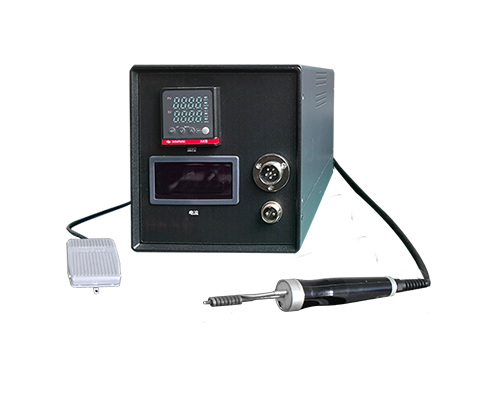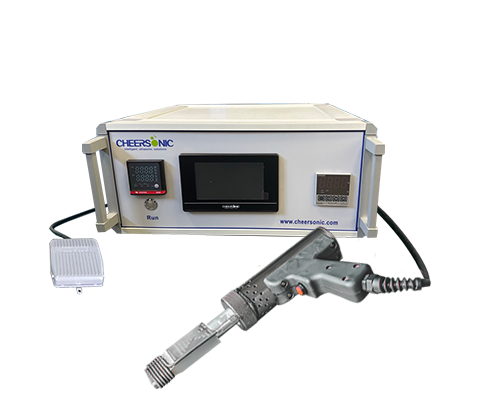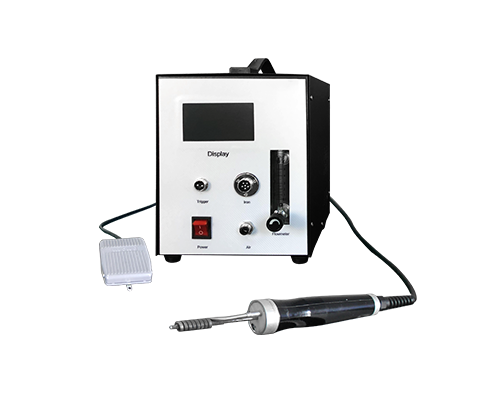Copper foil, with its excellent conductivity and ductility, has become a key material in electronics, new energy, and other fields. Welding technology is the core element unlocking its application value. From micro-circuit boards to large power equipment, the precision and reliability of copper foil welding directly determine product performance, occupying an irreplaceable position in precision manufacturing.
Copper foil welding has long faced technical challenges. Copper's high thermal conductivity leads to rapid heat loss, making fusion difficult; its high reflectivity makes it difficult for traditional heat sources to focus energy, often resulting in defects such as spatter and voids. Early methods such as tin soldering and brazing, while achieving connections, suffer from insufficient joint strength and large thermal deformation, failing to meet the demands of high-end manufacturing. With technological iteration, new processes such as laser welding and ultrasonic welding have gradually become mainstream.
Laser welding has achieved a breakthrough in copper foil welding due to its concentrated energy. For different scenarios, annular spot welding can meet the deep melting requirements of large structural components, stabilizing the molten pool and reducing spatter through a dual-beam combination; single-mode oscillating welding is suitable for precision connections of thin copper foil, avoiding burn-through through uniform energy distribution. Green laser and nanosecond laser technologies have further expanded application boundaries. The former reduces heat input and deformation, while the latter enables micro-welding of precision components and effectively suppresses the formation of metal compounds.

Ultrasonic welding demonstrates unique value in multi-layer connections of thin copper foil. It breaks down the oxide layer through high-frequency vibration, forming a low-resistance joint, particularly suitable for connecting battery current collectors and busbars, balancing connection strength and production efficiency. Traditional methods such as thermocompression welding and TIG welding still play a role in areas with lower precision requirements, forming a diverse technological system.
Standardized process control is the guarantee of welding quality. Before welding, the copper foil surface must be cleaned with acetone to ensure the butt joint gap does not exceed 0.05mm; during welding, techniques such as tooling fixation and segmented welding are used to suppress deformation; after welding, 3DX X-ray scanning is used to detect internal defects, and thermal cycling tests are used to verify the reliability of the joint. This end-to-end control from pretreatment to quality inspection builds a quality defense line for copper foil welding.
Today, copper foil welding technology has been deeply integrated into the process of industrial upgrading, enabling precise interconnection of PCB boards in the electronics field, ensuring the conductivity of battery systems in the new energy field, and supporting the stable operation of transformers in power equipment. With the integration of automation and intelligent technologies, copper foil welding is developing towards higher precision and higher efficiency, providing solid support for innovative breakthroughs in high-end manufacturing.





